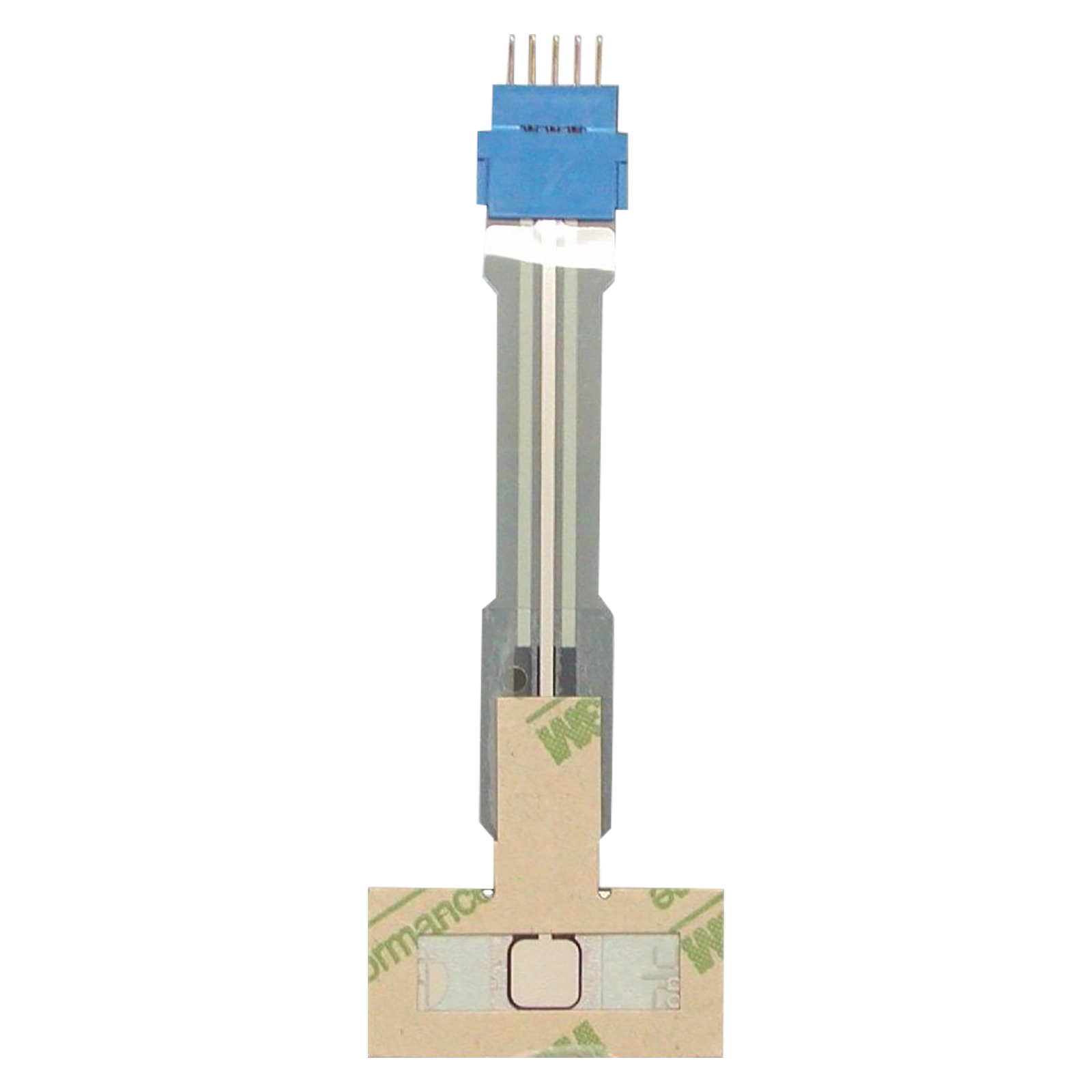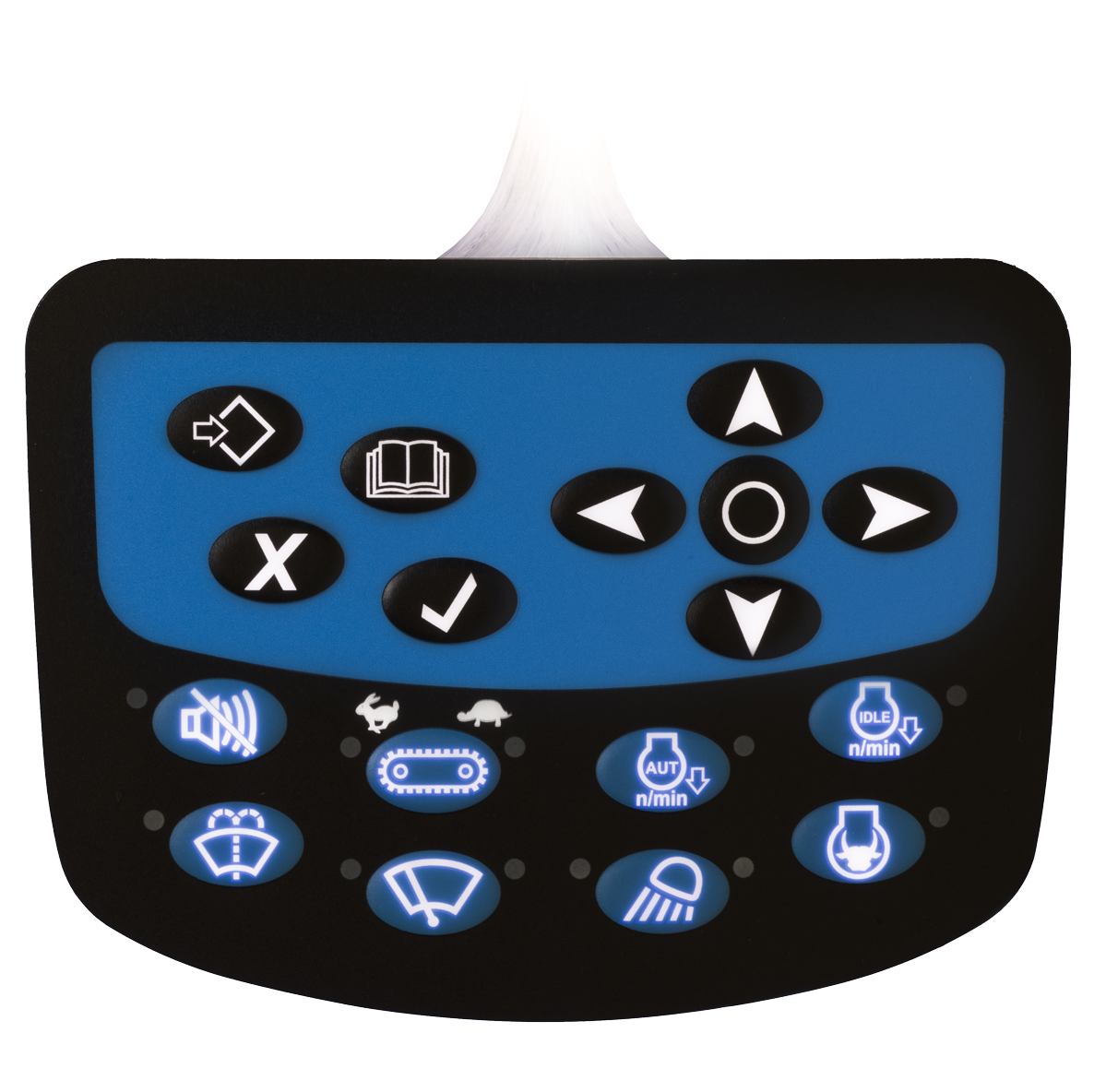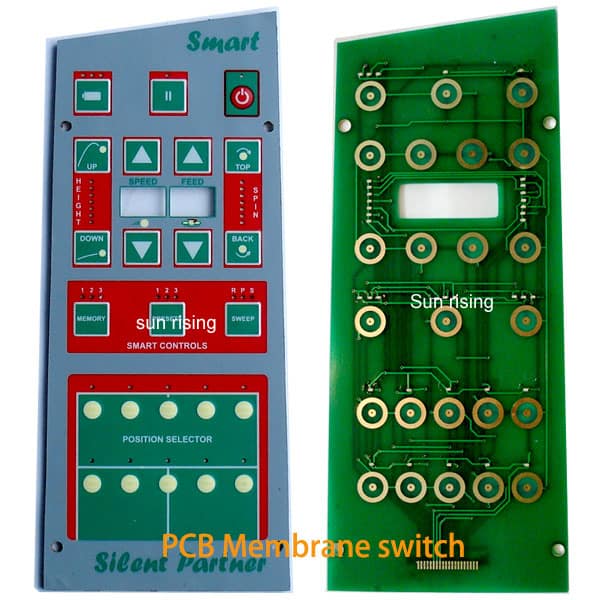How Membrane Switches Are Critical for Efficient Control in Medical Equipment
How Membrane Switches Are Critical for Efficient Control in Medical Equipment
Blog Article
Membrane Switch Modern Technology: The Trick to Reliable and Cost-Effective Interfaces
Membrane button modern technology has actually arised as a critical element in the style of customer interfaces, supplying both dependability and cost-effectiveness throughout a varied array of applications. As we explore the multifaceted benefits of membrane switches, their possibility for development raises inquiries regarding future applications and advancing fads.
Understanding Membrane Layer Change Innovation
Membrane switch technology is an extensively made use of user interface remedy in various digital tools, using a seamless mix of performance and style. This innovation includes multiple layers of materials, usually including a visuals overlay, spacer layer, and a circuit layer. The graphic overlay presents the user interface elements, while the spacer layer separates the circuit layer from the overlay till a user activates a switch.
When pressure is related to the overlay, the circuit layer finishes the electrical circuit, sending a signal to the gadget. This mechanism allows for numerous configurations, including responsive responses and backlighting choices, boosting individual interaction. Membrane layer switches are generally made using resilient materials such as polyester or polycarbonate, ensuring long life and resistance to environmental aspects like dampness and dirt.
The flexibility of membrane layer switches over allows their application in varied sectors, including medical devices, consumer electronics, and industrial controls. Their small style enables combination right into space-constrained environments, giving an effective interface without compromising aesthetic appeal. Understanding the intricacies of membrane button modern technology is essential for suppliers and designers seeking to create trustworthy and effective human-machine interfaces.
Key Benefits of Membrane Layer Buttons
While various user interface solutions exist, membrane layer switches offer distinctive benefits that make them a preferred option in many applications. Among the main benefits is their durability; membrane switches are designed to withstand rough environmental conditions, including dampness, dirt, and temperature level changes, making certain resilient performance. This resilience dramatically reduces the demand for constant replacements, therefore lowering total maintenance prices.

Moreover, membrane layer buttons are light-weight and small, making them ideal for applications where room is limited. Their low-profile design contributes to a streamlined appearance without compromising performance.
Cost-effectiveness is also a noteworthy advantage, as the manufacturing process for membrane layer switches over tends to be more economical compared to conventional mechanical switches. This cost, integrated with their reliability and convenience of setup, placements membrane switches over as a useful option for a variety of industries seeking efficient and reliable individual interfaces.
Applications Throughout Different Industries
How do membrane layer switches adjust to the diverse demands of different sectors? Membrane button modern technology is progressively recognized for its adaptability, making it suitable for a large range visite site of applications throughout multiple markets. In the clinical area, membrane buttons are utilized in analysis tools and client surveillance tools, where their toughness and ease of cleaning are vital for preserving health standards. The vehicle industry uses these switches in dashboards and control board, offering a streamlined visual while guaranteeing straightforward operation.
In customer electronic devices, membrane layer buttons provide a small option for remotes and home appliances, boosting user experience through user-friendly style. Furthermore, the industrial industry leverages membrane switches for machinery control board, profiting from their resistance to severe settings, such as dampness and dirt.
Military and aerospace applications also make use of membrane buttons for their integrity and capacity visit the website to hold up against severe problems, ensuring operational efficiency in essential circumstances. The food and beverage industry takes on these buttons for automated systems, where hygiene and simplicity of operation are critical (membrane switch). Eventually, membrane switches are tailored to fulfill the one-of-a-kind needs of each market, showing their vital duty in modern-day innovation interfaces
Design and Customization Alternatives

In the realm of membrane layer button modern technology, style and customization alternatives play an essential role in boosting capability and user communication. These switches can be tailored to fulfill particular functional demands and visual choices, making them versatile parts in numerous applications.
One of the main personalization options is the design of the switch itself, which can be made to fit distinct interface and ergonomic factors to consider. By adjusting the form, size, and setup of buttons, suppliers can produce intuitive layouts that help with convenience of use. In addition, the incorporation of various colors and visuals overlays enables branding and improved exposure, making certain that users can rapidly identify functions.
In addition, membrane layer switches can be crafted with numerous tactile comments mechanisms, such as increased buttons or audible clicks, to boost the customer experience. Different materials can also be selected for sturdiness and environmental resistance, resolving variables such as moisture, temperature variations, and chemical direct exposure.
Inevitably, the substantial style and modification alternatives available in membrane layer switch technology equip services to create tailored remedies that not only meet practical needs but also line up with their branding and operational demands.

Future Fads in Membrane Layer Switches
As membrane switch innovation remains to develop, future patterns are significantly concentrated on enhancing user experience and integrating sophisticated capabilities. One substantial fad is the integration of touch-sensitive and capacitive technologies into conventional membrane switches. This advancement enables even more user-friendly individual interfaces, giving responsive responses while keeping a streamlined layout.
An additional arising fad is the usage of eco-friendly products, driven by the expanding need for lasting production methods. Makers are looking for to decrease their carbon footprint by making use of recyclable substratums and low-impact inks, aligning with international sustainability goals.
Additionally, the increase of the Internet of Points (IoT) is prompting the consolidation of smart features into membrane layer buttons. Improved connection alternatives will certainly allow tools click site to interact with each other, enabling smooth assimilation into wider systems.
Furthermore, developments in printing technologies, such as electronic printing, are enabling higher design adaptability and modification. This enables manufacturers to generate complex styles and vibrant shades cost-effectively.

Conclusion
In final thought, membrane layer switch technology stands for a vital advancement in user interface style, offering significant benefits in toughness, personalization, and cost-effectiveness. As innovations continue to arise, specifically in touch-sensitive interfaces and lasting products, the potential for membrane layer switches over to enhance customer experience and functionality stays appealing.
Report this page